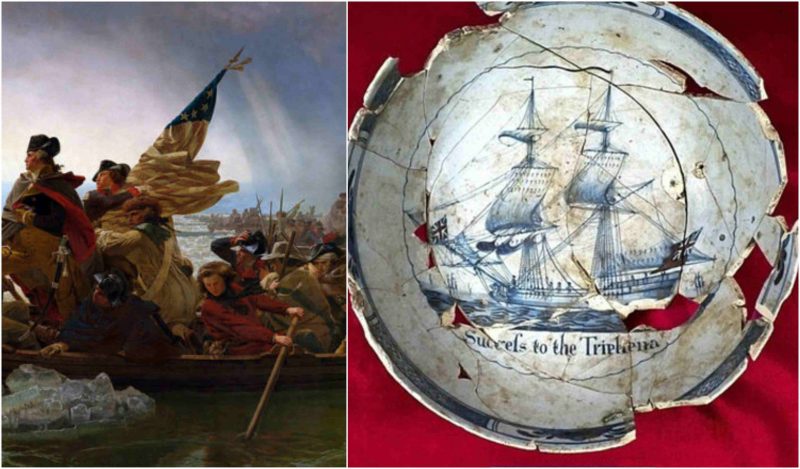Archaeologists who were working on a site in Philadelphia recently had been unearthing ancient toilets. Sounds uneventful, right? Well, they were in for a huge surprise when they found almost 87,000 artifacts that date back to the American Revolution.
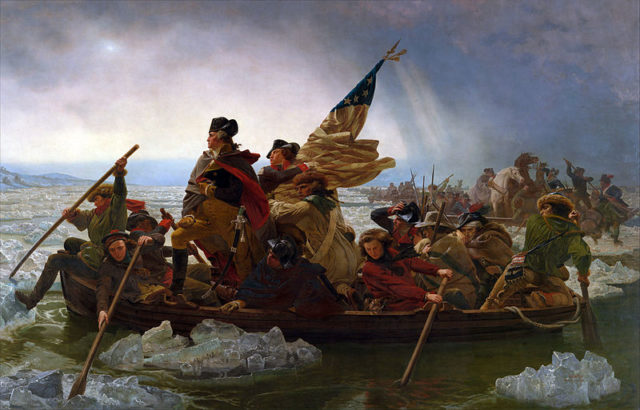
Experts had originally been unearthing 250-year-old outhouses when they stumbled across the various artifacts. Archaeologists from the Commonwealth Heritage Group had made the amazing discovery while on a dig sponsored by the Museum of the American Revolution. Some coincidence!
Archaeologists had originally unearthed 12 brick bathrooms, only two blocks from Philadelphia’s Independence Hall. Some of the artifacts found were beautiful: intricate crockery, detailed jugs, wig curlers, and a collection of elaborate beads.
The excavation began in 2014 and is still ongoing. Now that the experts have uncovered these artifacts, they are carefully searching for any more that they may have missed.
It is believed that these artifacts had once belonged to a tavern that stood in that area on Philadelphia Street back in the 1700s. The Commonwealth Heritage Group made these great finds when they were digging on the site of the new Museum of the American Revolution, which opens next year if all goes according to plan.
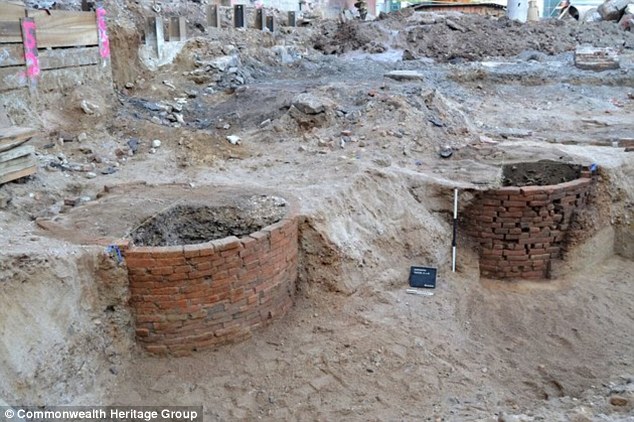
Experts claimed that one of the most interesting discoveries found so far is a punch bowl that depicts a ship called the Tryphena. The ship is known to have sailed from Philadelphia to Liverpool, England back in 1765.
Other treasures discovered appear to have come from local businesses at the time. Some of these artifacts include a printers’ type and seashells from a button shop. Over 1,400 fruit pits were found, as well as a handful of bottles that had once carried alcohol for the tavern.
One of the more interesting finds was a large amount of animal remains. The remains found belonged to 66 birds, fish, and two whole raccoons.
Many of these new-found artifacts will be displayed at the new museum opening in April 2017. The lead archaeologist on the dig, Rebecca Yamin, told an interviewer that the all of the artifacts found at the dig had given her and the other archaeologists an insight into how people used to live back in the 18th Century.
She added that it is most curious that the people who once lived right where they were digging left behind so many artifacts. What’s more interesting is that the museum is being built near that historical site, adding to the significance of the find and the time period. She and her team are rather excited to examine the artifacts to see just how people lived in one of America’s oldest cities.
She explained that not only do these artifacts show how people lived, but it shows all of the major changes the city went through, from its colonial past to the present day.
The president of the future museum, Michael Quinn, had said that it is rather fitting that this site had been found close to the site of the future museum. It seems everything has fit together quite nicely.
Here are some of the artifacts found:
-
German Tankard
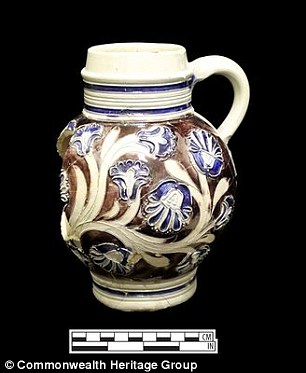
A German tankard from Westerwald has been discovered among the loot. It is thought that the tankard had belonged to a tanner who lived in a small house next to the site.
-
Punch bowl
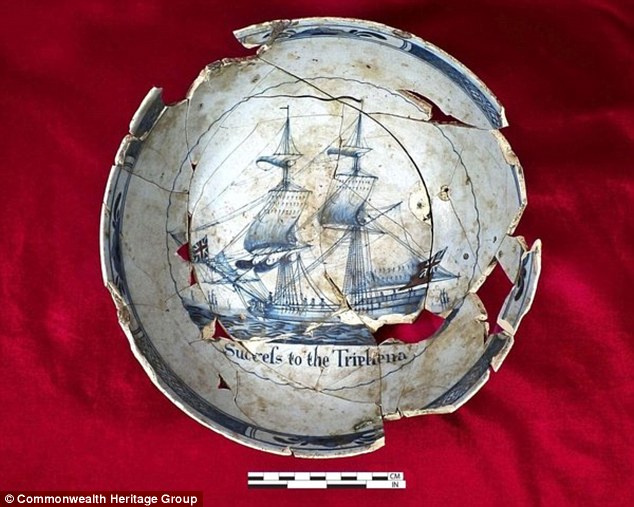
This punch bowl was made from glazed earthenware and had a message written on it, “Success to the Tryphena”.
It is thought that the pane had belonged to a man named Humphreys who had owned a tavern near the site. The tavern’s name was Carter’s Alley. Some of the legible inscriptions on the pane read: “Dinnin,” “We admire riches And in love with i-…” “Henry de Haas,” and “WM.”
Most archaeologists will probably say this is one of the most impressive finds this year in the United States. There will be more artifacts to be studied and revealed to the public.
